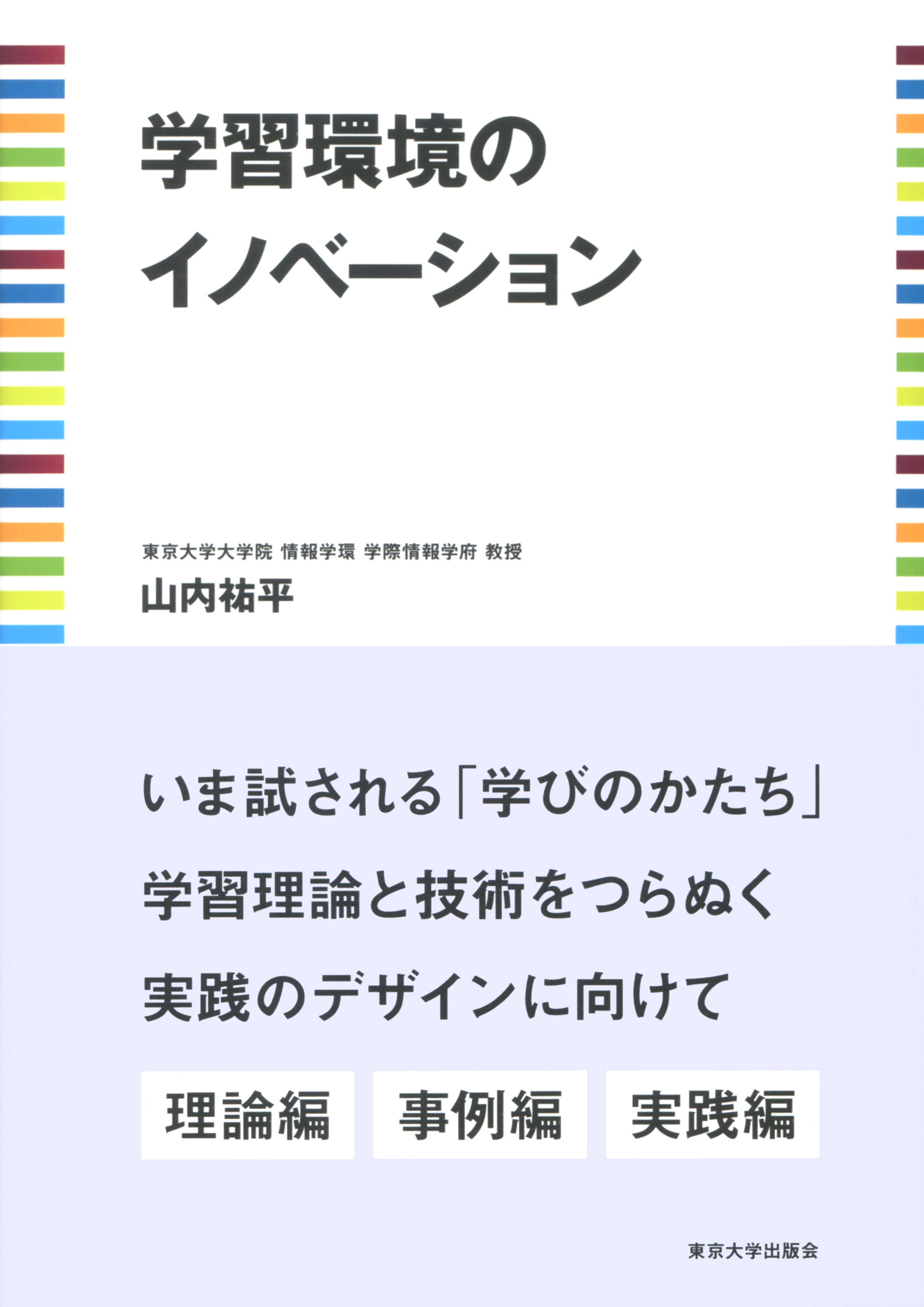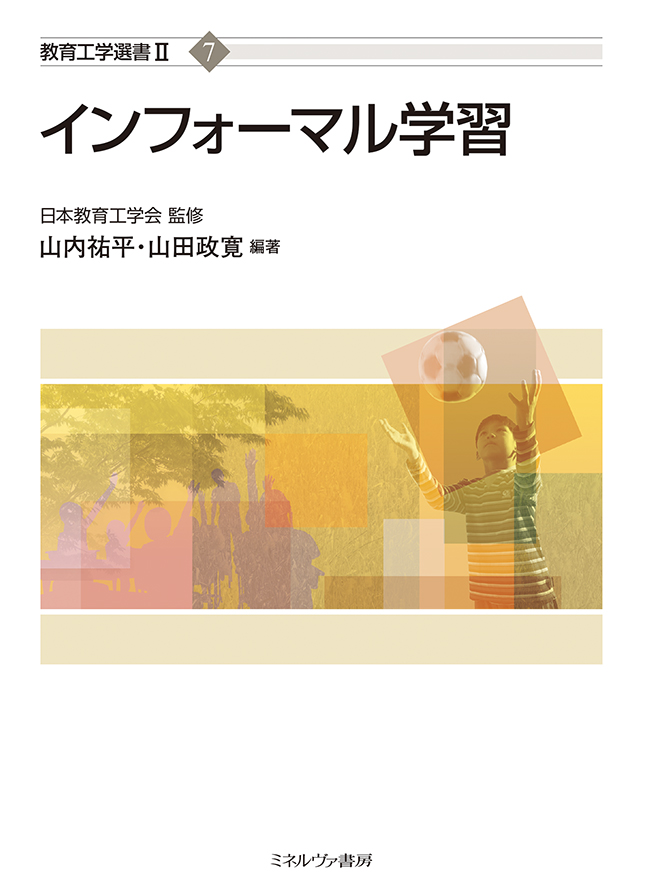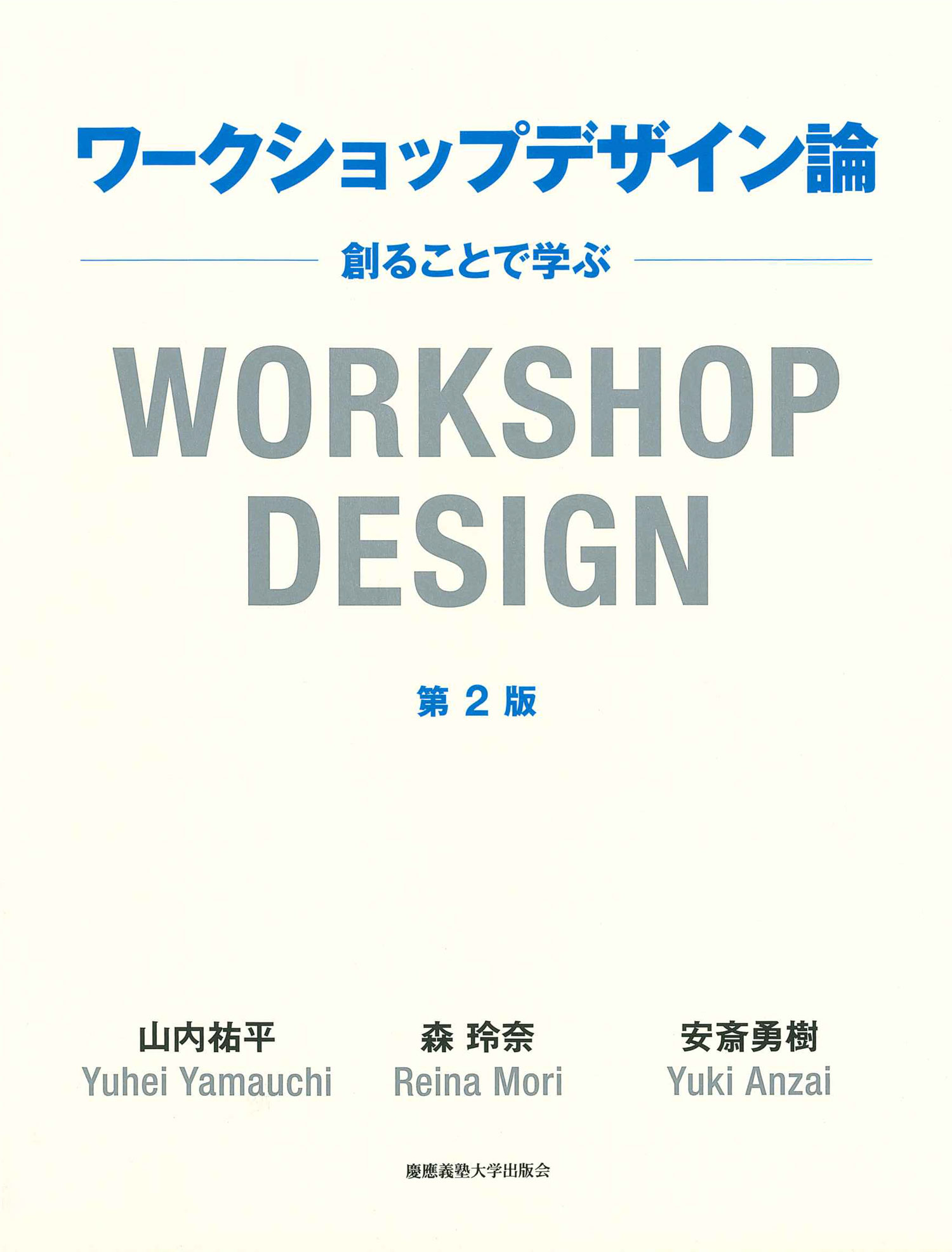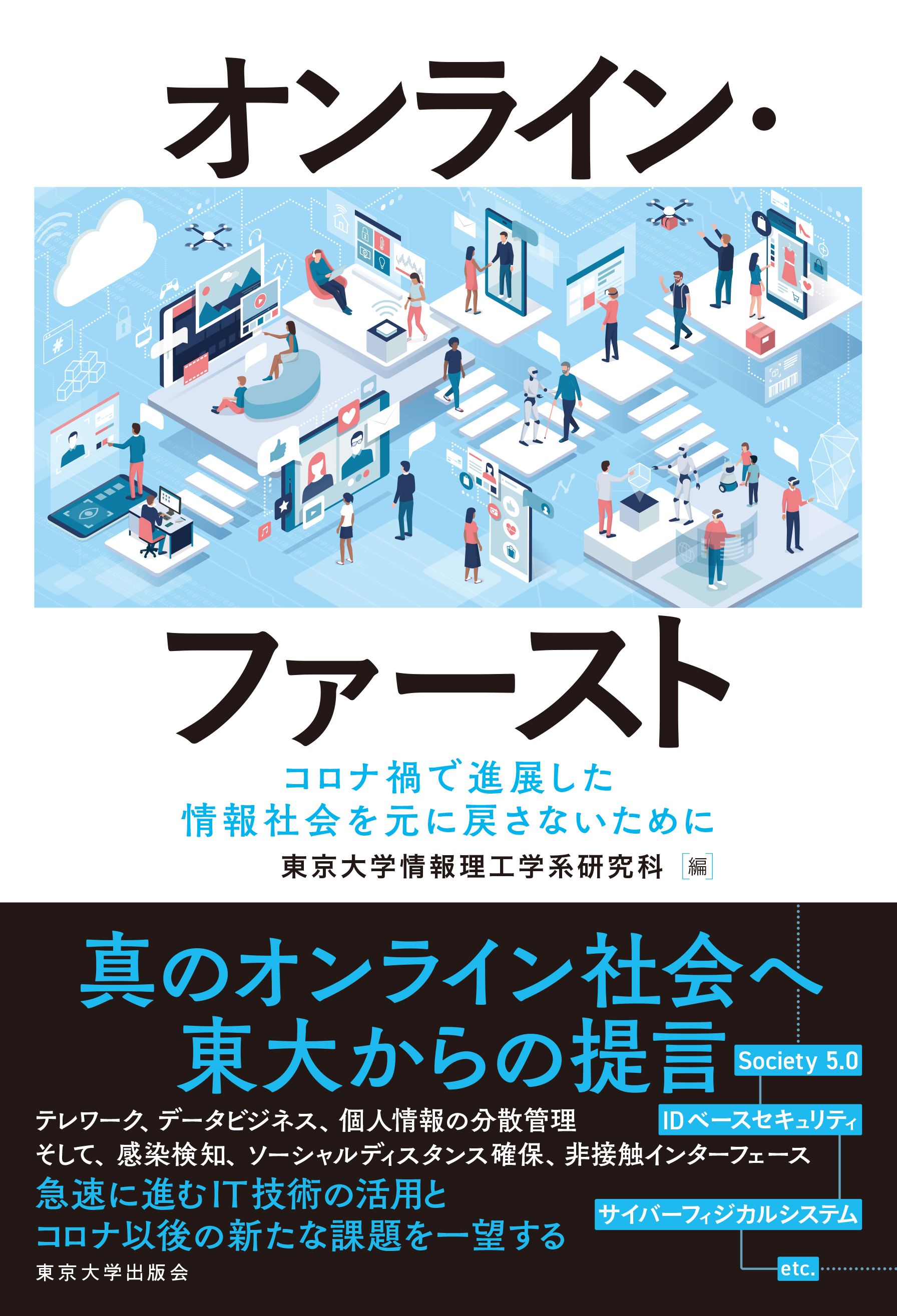
Title
Gakusyu-Kankyo no Innovation (Innovation of learning environments)
Size
304 pages, A5 format
Language
Japanese
Released
August 31, 2020
ISBN
978-4-13-051354-8
Published by
University of Tokyo Press
Book Info
See Book Availability at Library
Japanese Page
In a chaotic society with increasing volumes of information and internationalization, the significance of people learning how to change themselves independently is greater than ever before. Addressing how to build a learning environment that supports these actions has become a social issue. This issue has been discussed continuously since the early 21st century, but it is currently attracting even more attention with the spread of online learning due to COVID-19. Current online learning uses Information and Communications Technology (ICT) to secure learning opportunities, but this does not always improve the quality of the learning. However, as the introduction of ICT progresses, increasing numbers of people believe that ICT may be used to facilitate more advanced learning.
This book summarizes how the learning environment should be revolutionized in the future, based on the author’s findings from around 20 years of research in the University of Tokyo Interfaculty Initiative in Information Studies.
The book comprises three parts: Theory (Chapters 1, 2, 3), Case Studies (Chapters 4, 5, 6, 7) and Practice (Chapters 8, 9, 10).
The Theory section discusses changes in the learning profile and learning targets that are needed in a rapidly changing society. It reviews and summarizes the essential elements of learning environments from a range of different previous studies on learning. Subsequently, this section introduces the viewpoint of innovation theory, and sets out how innovation of the learning environment is positioned.
The Case Studies section introduces research cases developed by the author in industry and academic collaborative research projects on the four elements of the learning environment: Space, artifacts, activities and communities. Besides helping to grasp specific images of innovation, from ICT use such as digital teaching material, to active learning studios, this information would also be useful for understanding assessment methods using verified data.
The Practice section presents a framework for design to create innovation in the learning environment, and explains the processes used in the research of the case studies. This section also summarizes how to create a value chain connecting learning value and technological value, beyond technological determinism, and discusses what kind of issues should be considered in a future life-long learning society.
Introducing ICT into the learning space does not magically facilitate advanced learning or high-quality learning. The key is to design the total environment incorporating all the elements, including space, activities, and communities—not just artifacts such as ICT. Steady accumulation of these designs will lead to the achievement of a learning society where all people can lead a prosperous life.
(Written by YAMAUCHI Yuhei, Professor, Interfaculty Initiative in Information Studies / 2021)



 Find a book
Find a book


 eBook
eBook


